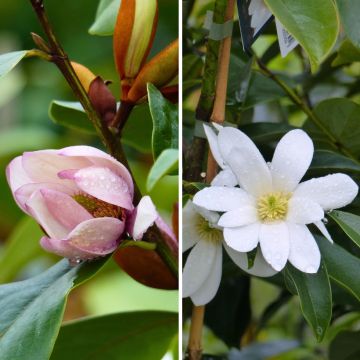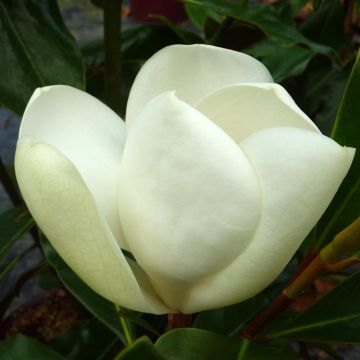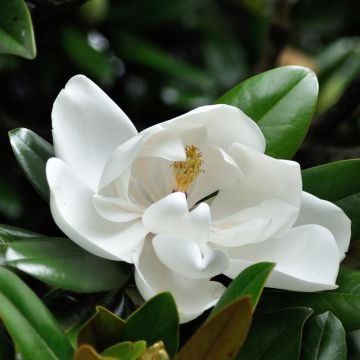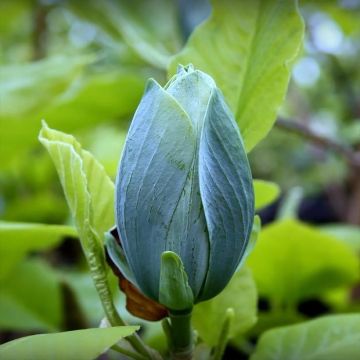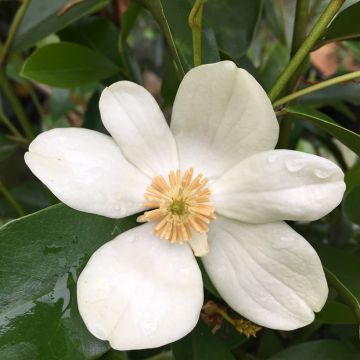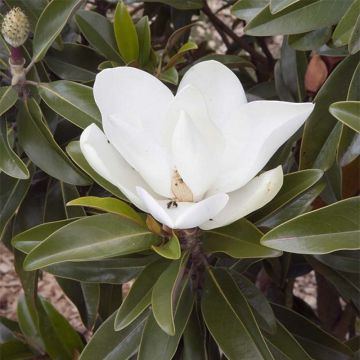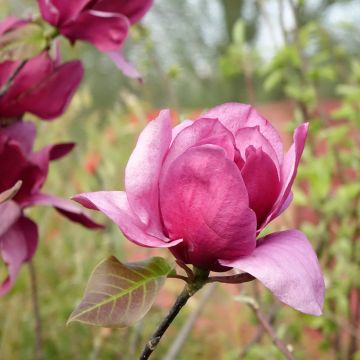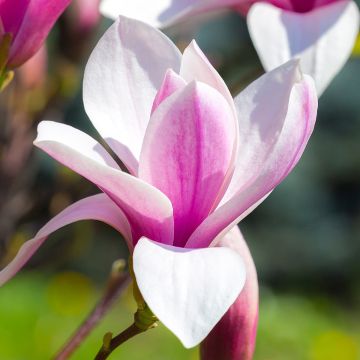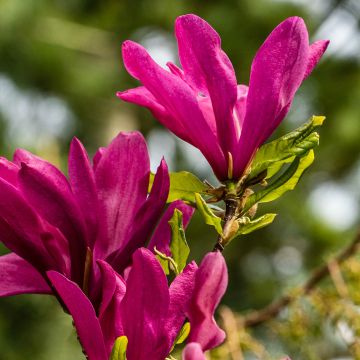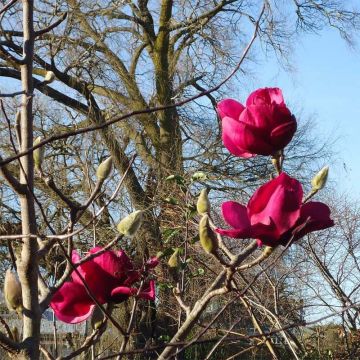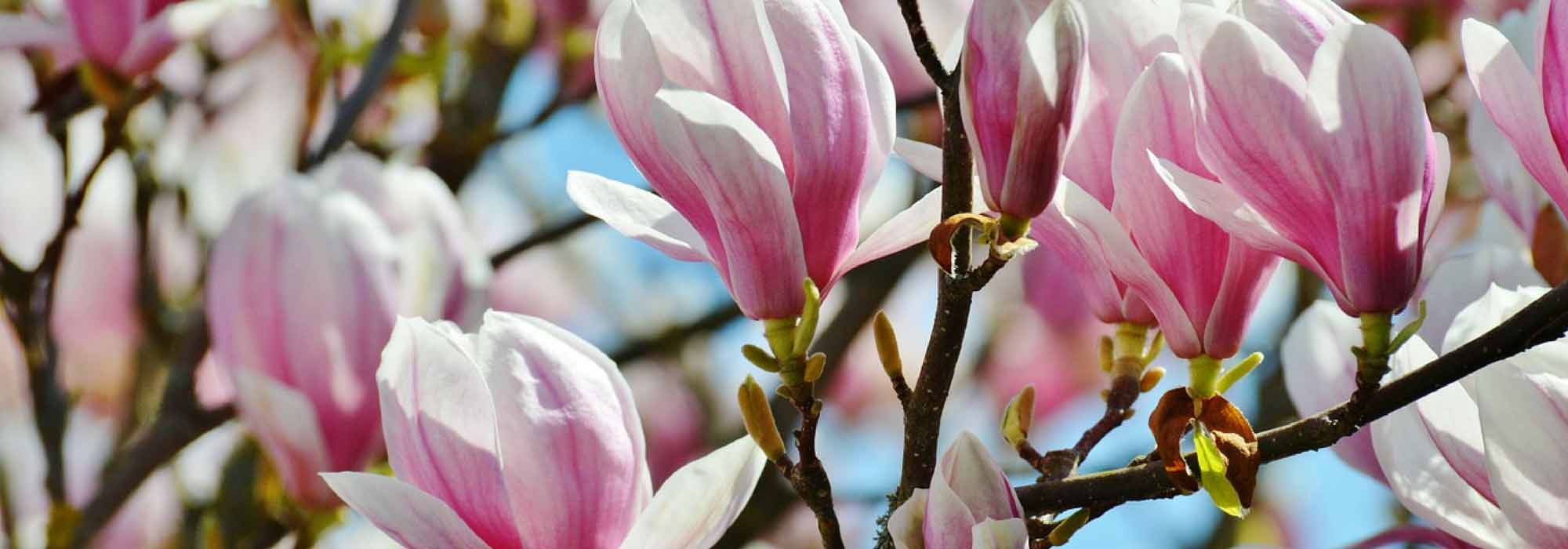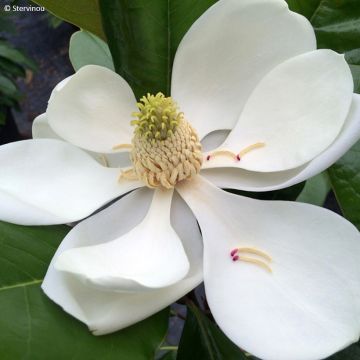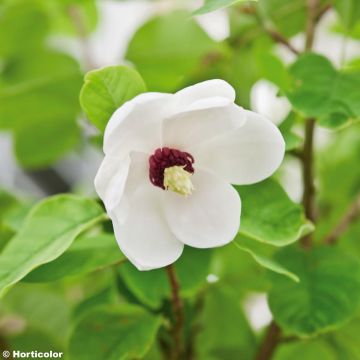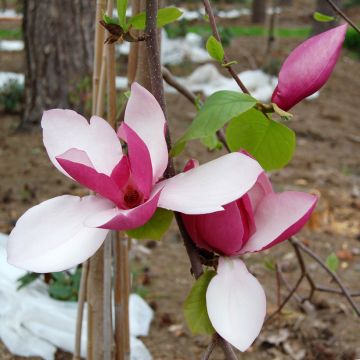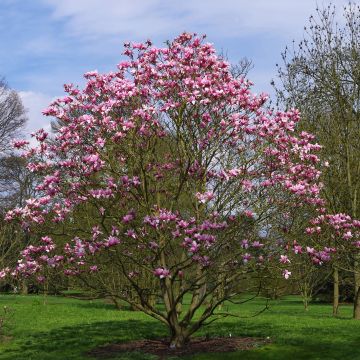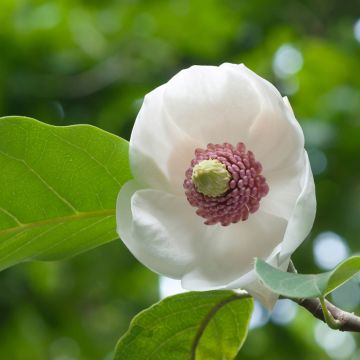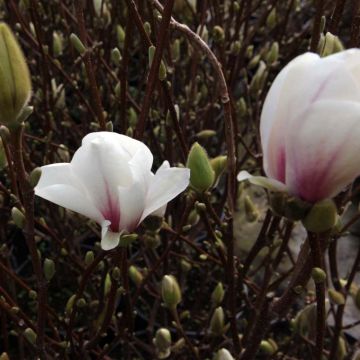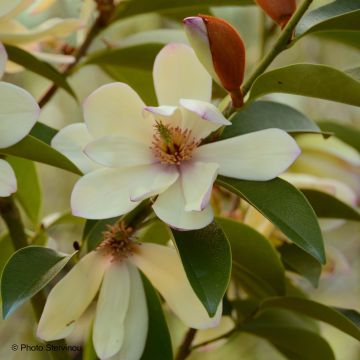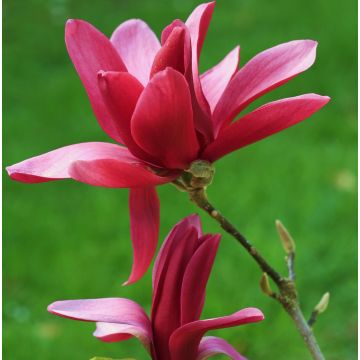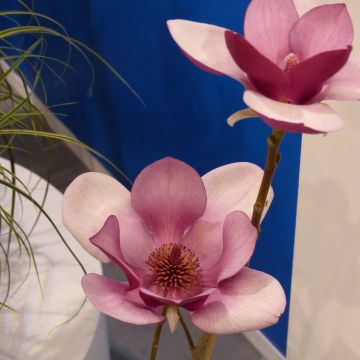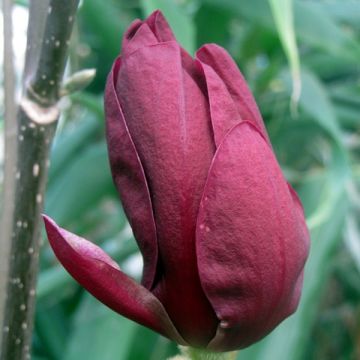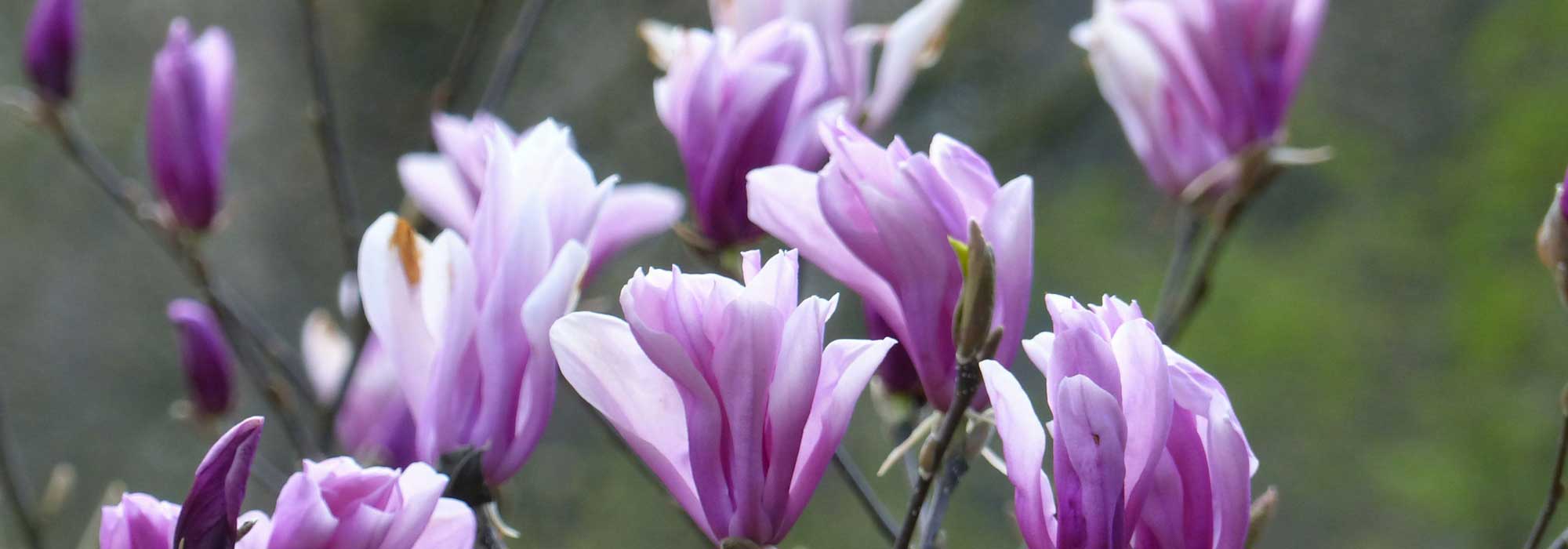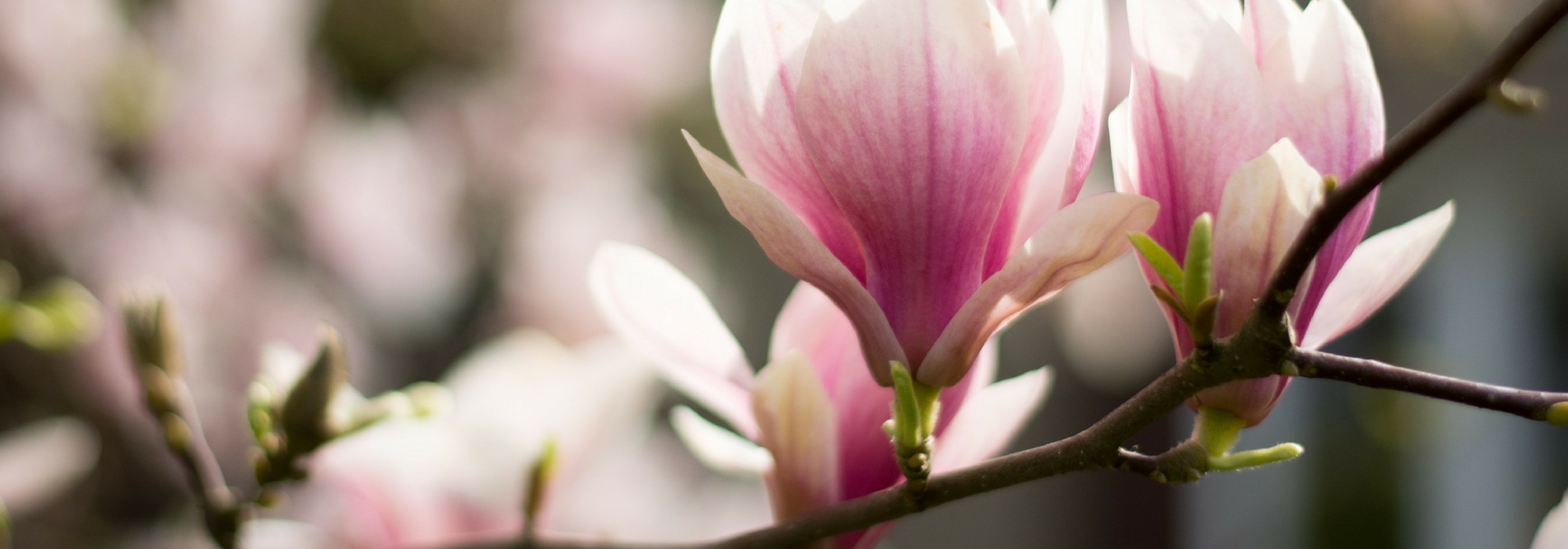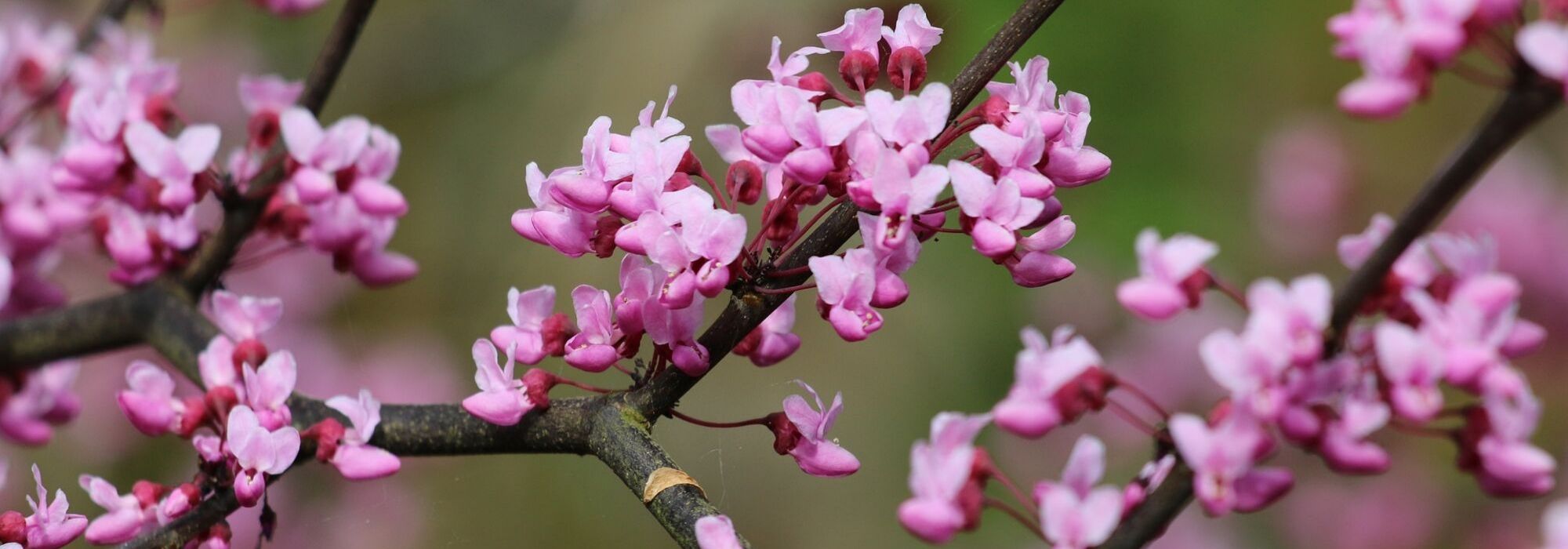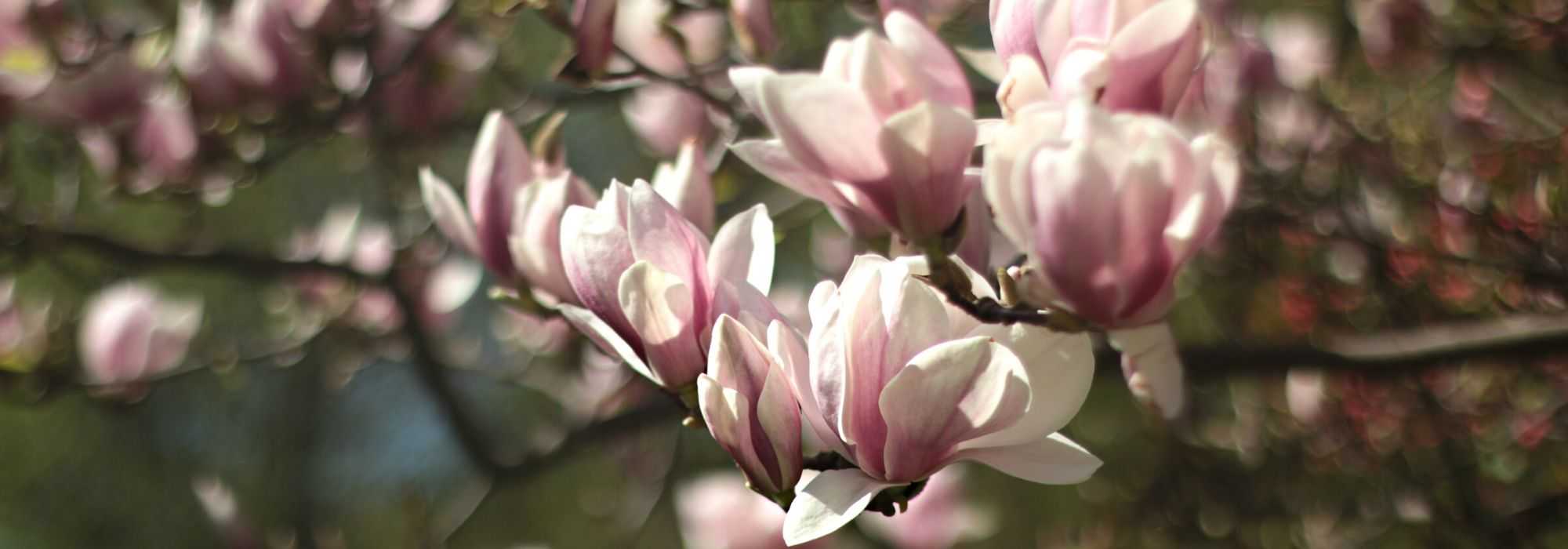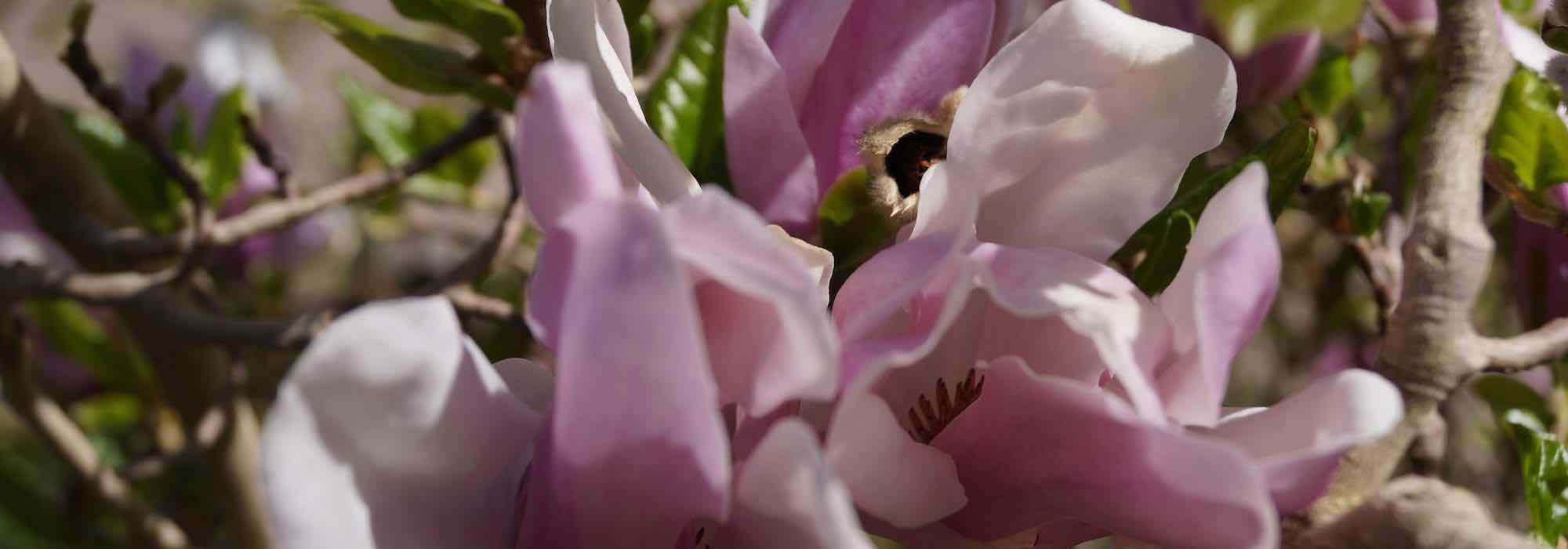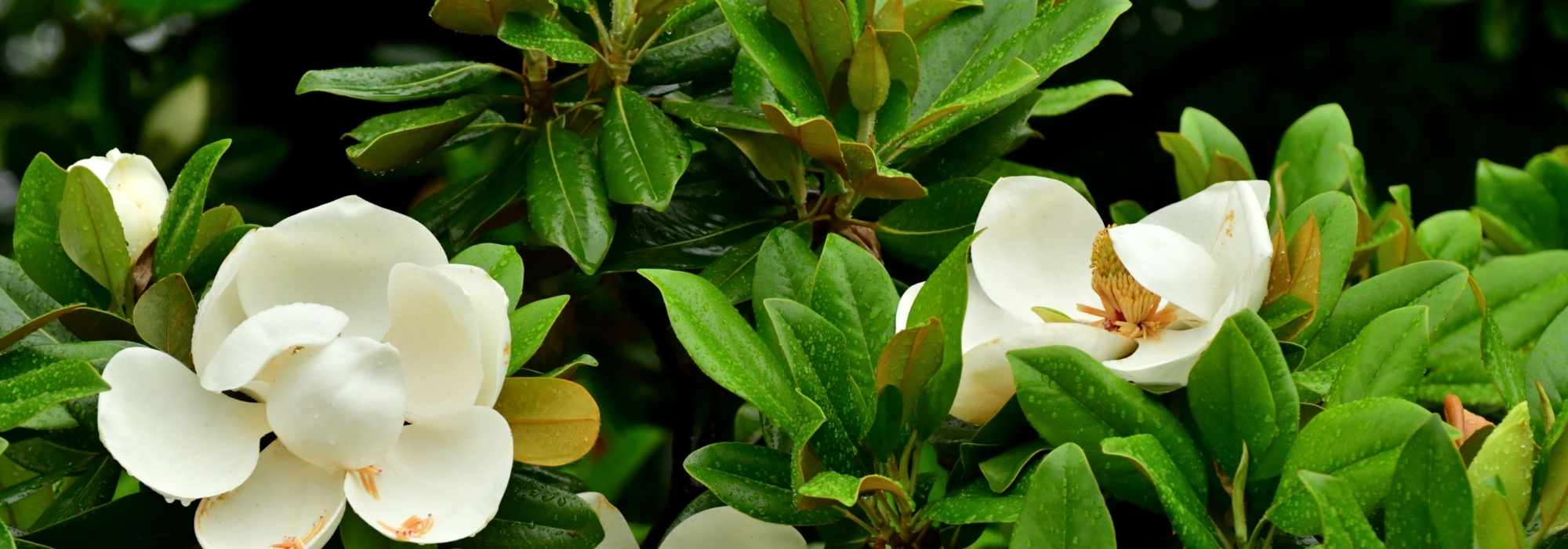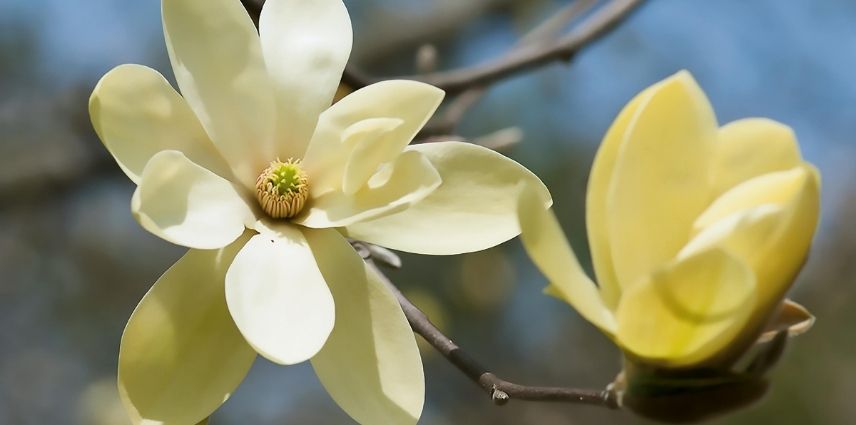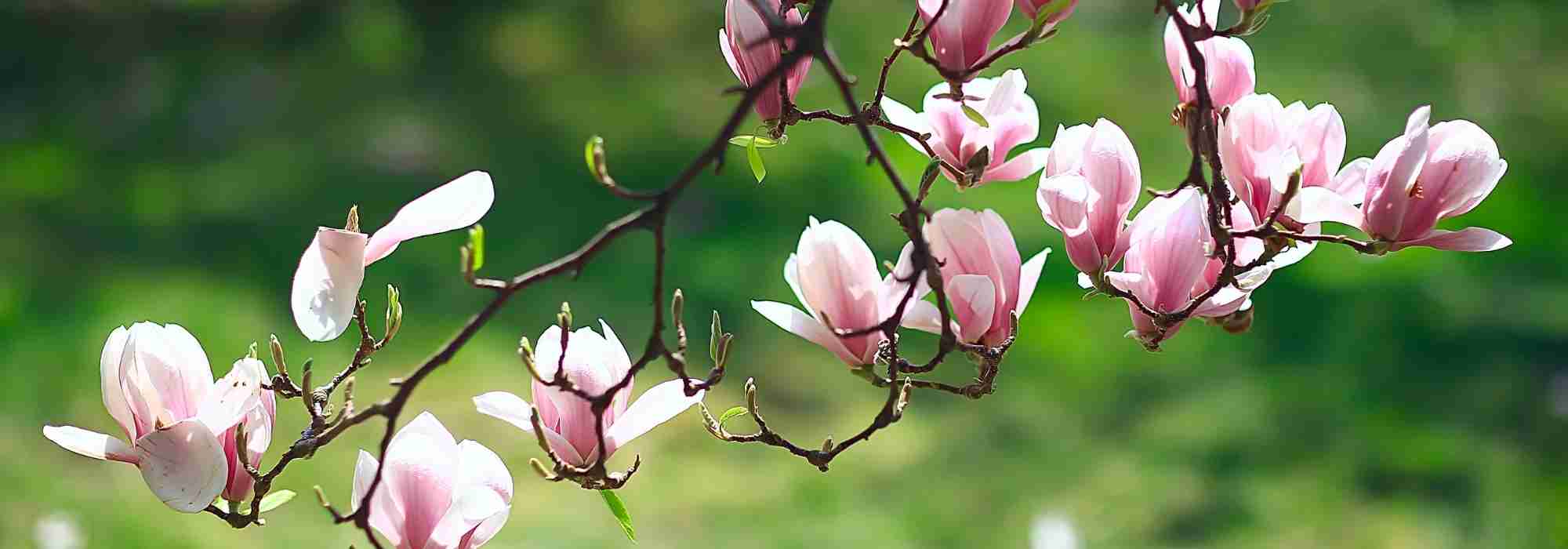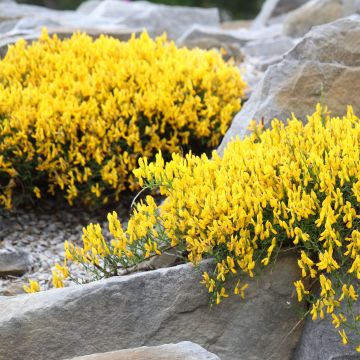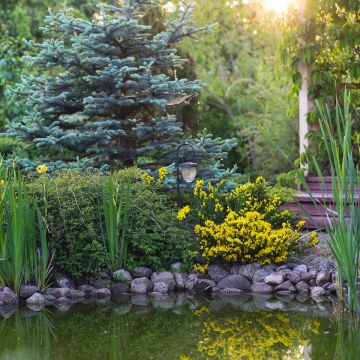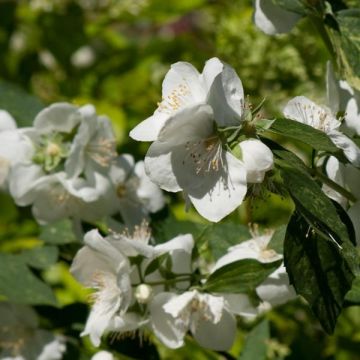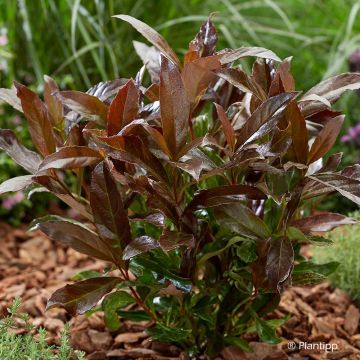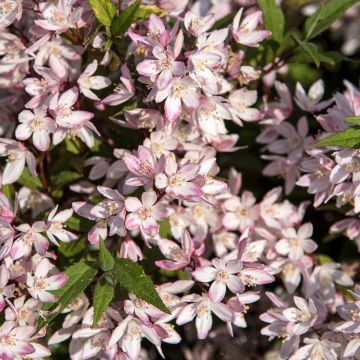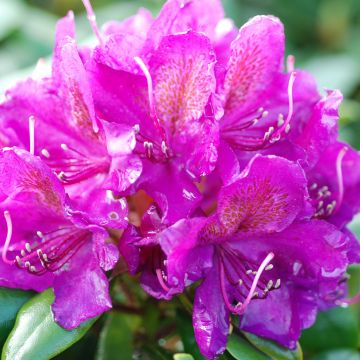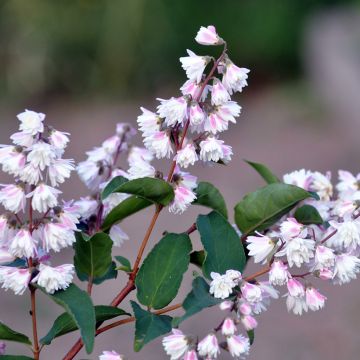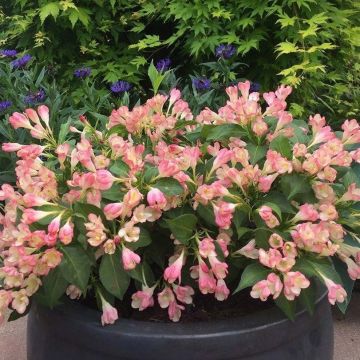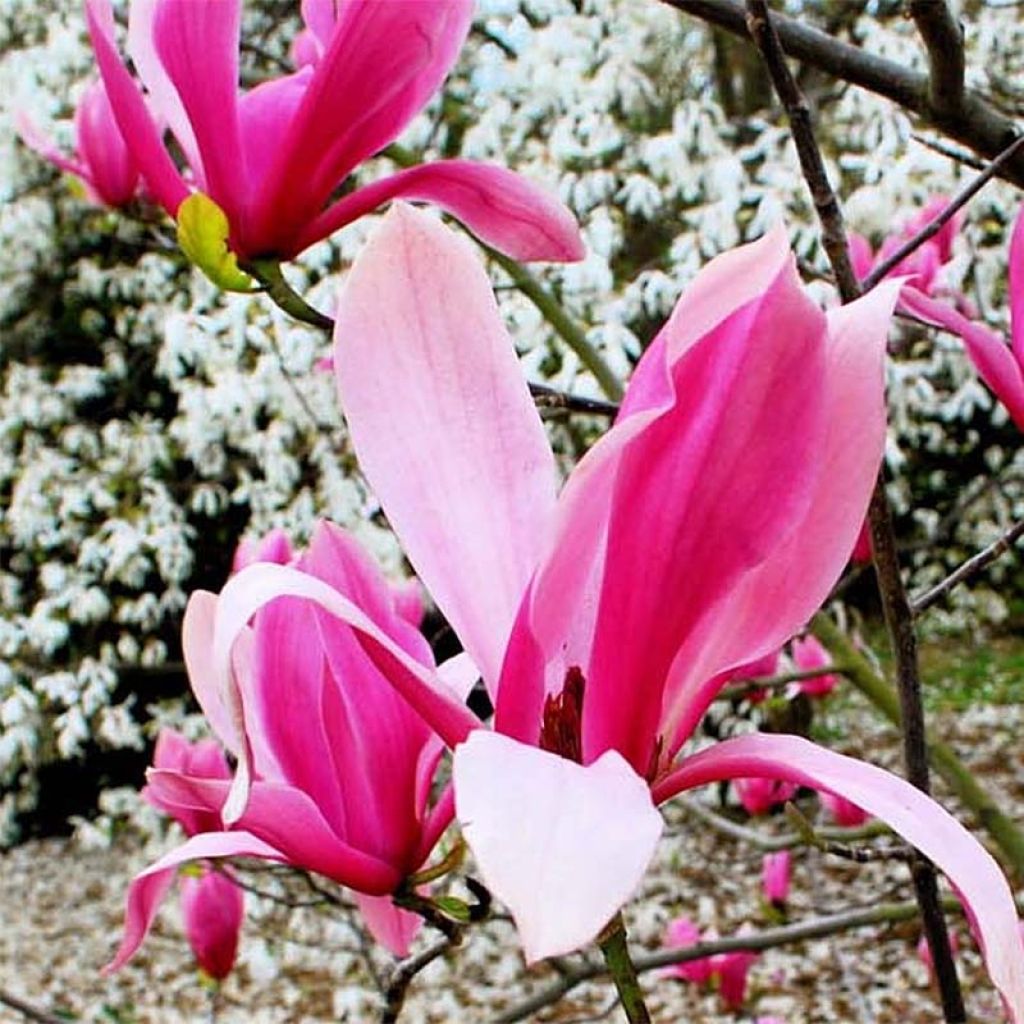

Magnolia Spectrum
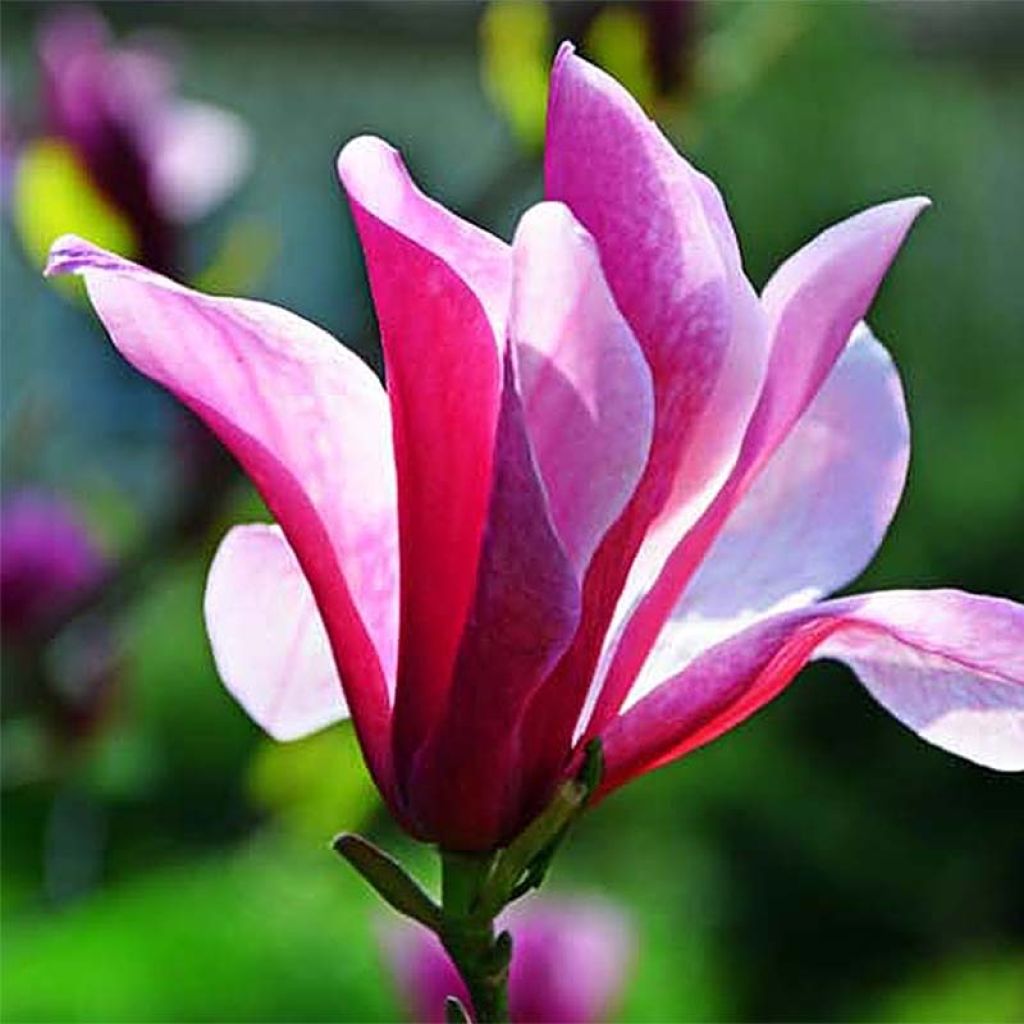

Magnolia Spectrum
Magnolia Spectrum
Magnolia Spectrum
Magnolia
Special offer!
Receive a €20 voucher for any order over €90 (excluding delivery costs, credit notes, and plastic-free options)!
1- Add your favorite plants to your cart.
2- Once you have reached €90, confirm your order (you can even choose the delivery date!).
3- As soon as your order is shipped, you will receive an email containing your voucher code, valid for 3 months (90 days).
Your voucher is unique and can only be used once, for any order with a minimum value of €20, excluding delivery costs.
Can be combined with other current offers, non-divisible and non-refundable.
Why not try an alternative variety in stock?
View all →This plant carries a 24 months recovery warranty
More information
We guarantee the quality of our plants for a full growing cycle, and will replace at our expense any plant that fails to recover under normal climatic and planting conditions.
Does this plant fit my garden?
Set up your Plantfit profile →
Description
The Magnolia Spectrum is an American variety that combines qualities; with an upright, elegant habit, flowering from a young age, this small tree is distinguished by its intensely coloured flowering, visible from a distance and extremely decorative in early spring. Its light purple flower buds open into large dark pink tulips, slowly unfolding into a graceful cup with a pearly pink interior, much lighter. 'Spectrum' forms a magnificent specimen in a few years, which should be showcased in the garden. Hardy, it thrives in any non-calcareous, even clayey, moist soil.
This Magnolia Spectrum belongs to the magnolia family. It is a horticultural creation dating back to 1972, a sibling seedling of the 'Galaxy' variety. Its parents are the Magnolia liliiflora 'Nigra', with lily-shaped flowers, and the superb M.spengeri var. Diva'. A slender tree with an initially ovoid and regular crown, it widens and rounds with age. At maturity, after about ten years, it measures approximately 6 meters (19 feet 8 inches) in height and 3 meters (9 feet 10 inches) in width. Eventually, it can reach a height of 9 meters (29 feet 6 inches), depending on the growing conditions. Young plants are narrower and develop a central leader. In late March or early April, numerous large solitary flowers appear on its bare branches, standing tall at 11 cm (4.3 in), with a shape reminiscent of tulips. These flowers maintain their graceful shape for several days before fully opening, revealing 10 to 14 pointed, thick-textured petals in a light pink interior and a dark magenta exterior. They emerge from buds protected by silky bracts. Each flower's center is filled with numerous yellow stamens and a large greenish pistil. Its deciduous foliage consists of large obovate leaves, 20 cm (7.9 in) long and 10 cm (3.9 in) wide, medium green on the upper side, paler and finely villous on the underside, turning yellowish-brown in autumn before falling.
This Magnolia Spectrum, a quintessential ornamental tree, will work wonders in a medium to large garden, quickly becoming the star of spring. It is most often used as a solitary specimen in the middle of a short grass meadow, where its remarkable flowering is particularly striking. It can also be incorporated into a mixed border of acidophilous shrubs with staggered flowering times (large Rhododendrons, Camellias, Hydrangeas, Witch Hazels, Pieris, Anemone Trees, Fothergillas, etc.) for a Japanese-style garden. It is also possible to create large flowering hedges when space allows, alternating this Magnolia with other cultivars (Magnolia grandiflora, Magnolia denudata, stellata, brooklyniensis, etc.).
The name Magnolia was given to it in 1703 by Charles Plumier, botanist to King Louis XIV, thus paying tribute to the physician-botanist Pierre Magnol (1638-1715), who was one of the directors of the Botanical Garden of Montpellier in the late 17th century. Its specific name, soulangeana, originates from Etienne Soulange-Bodin (1774-1846), a retired cavalry officer from Napoleon's army who devoted himself to horticulture. In his castle of Fromont, near Paris, he became passionate about Magnolias and obtained this hybrid in 1829, which today is the origin of a magnificent lineage of cultivars!
Magnolia Spectrum in pictures
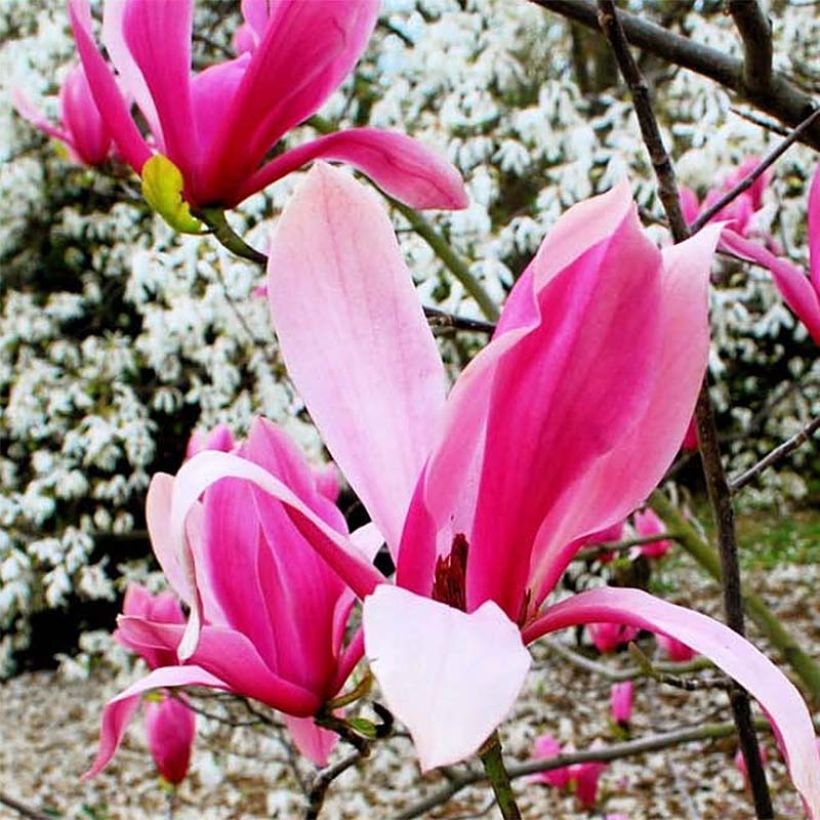

Plant habit
Flowering
Foliage
Botanical data
Magnolia
Spectrum
Magnoliaceae
Magnolia
Cultivar or hybrid
Other Magnolia
View all →Planting and care
The 'Spectrum' magnolia prefers sheltered situations, sunny to semi-shady exposures, a fresh, rich, limestone-free, neutral or acidic soil. It does not like overly dry soils, windy locations, or root competition, as its root system is shallow. This variety adapts well to clayey and loamy soils as long as they are not limestone-rich. With good hardiness (down to -20°C (-4 °F)), it is however advisable to protect young specimens from frost during the first years following planting. Note that late frosts and cold winds can damage flower buds and young leaves, thus affecting flowering.
Magnolia planting can be done in spring or autumn, outside the frost period, ensuring it is placed out of reach of cold winds. Provide a hole 80 cm (31.5 in) wide and deep, with a good supply of heath soil and compost. Take care to handle it delicately when placing it in the hole, so as not to break the fleshy but fragile roots. Immediate watering with non-limestone water (rainwater) helps to compact the soil around the roots. During the first year of planting, the magnolia requires watering once a week. It will appreciate an amendment once a year in spring. It is recommended to mulch its base to retain moisture during the hot season, enrich the soil, and protect it from the cold in winter. As its roots are fragile, transplanting should be avoided. The only enemies of the magnolia are parasites such as scale insects, snails, and slugs that attack young plants, as well as cryptogamic diseases such as root rot (in overly waterlogged soil), coral disease, and Pestalozzia. It is worth noting that magnolias are ornamental trees that tolerate atmospheric pollution well.
Planting period
Intended location
Care
Planting & care advice
This item has not been reviewed yet - be the first to leave a review about it.
Similar products
Haven't found what you were looking for?
Hardiness is the lowest winter temperature a plant can endure without suffering serious damage or even dying. However, hardiness is affected by location (a sheltered area, such as a patio), protection (winter cover) and soil type (hardiness is improved by well-drained soil).

Photo Sharing Terms & Conditions
In order to encourage gardeners to interact and share their experiences, Promesse de fleurs offers various media enabling content to be uploaded onto its Site - in particular via the ‘Photo sharing’ module.
The User agrees to refrain from:
- Posting any content that is illegal, prejudicial, insulting, racist, inciteful to hatred, revisionist, contrary to public decency, that infringes on privacy or on the privacy rights of third parties, in particular the publicity rights of persons and goods, intellectual property rights, or the right to privacy.
- Submitting content on behalf of a third party;
- Impersonate the identity of a third party and/or publish any personal information about a third party;
In general, the User undertakes to refrain from any unethical behaviour.
All Content (in particular text, comments, files, images, photos, videos, creative works, etc.), which may be subject to property or intellectual property rights, image or other private rights, shall remain the property of the User, subject to the limited rights granted by the terms of the licence granted by Promesse de fleurs as stated below. Users are at liberty to publish or not to publish such Content on the Site, notably via the ‘Photo Sharing’ facility, and accept that this Content shall be made public and freely accessible, notably on the Internet.
Users further acknowledge, undertake to have ,and guarantee that they hold all necessary rights and permissions to publish such material on the Site, in particular with regard to the legislation in force pertaining to any privacy, property, intellectual property, image, or contractual rights, or rights of any other nature. By publishing such Content on the Site, Users acknowledge accepting full liability as publishers of the Content within the meaning of the law, and grant Promesse de fleurs, free of charge, an inclusive, worldwide licence for the said Content for the entire duration of its publication, including all reproduction, representation, up/downloading, displaying, performing, transmission, and storage rights.
Users also grant permission for their name to be linked to the Content and accept that this link may not always be made available.
By engaging in posting material, Users consent to their Content becoming automatically accessible on the Internet, in particular on other sites and/or blogs and/or web pages of the Promesse de fleurs site, including in particular social pages and the Promesse de fleurs catalogue.
Users may secure the removal of entrusted content free of charge by issuing a simple request via our contact form.
The flowering period indicated on our website applies to countries and regions located in USDA zone 8 (France, the United Kingdom, Ireland, the Netherlands, etc.)
It will vary according to where you live:
- In zones 9 to 10 (Italy, Spain, Greece, etc.), flowering will occur about 2 to 4 weeks earlier.
- In zones 6 to 7 (Germany, Poland, Slovenia, and lower mountainous regions), flowering will be delayed by 2 to 3 weeks.
- In zone 5 (Central Europe, Scandinavia), blooming will be delayed by 3 to 5 weeks.
In temperate climates, pruning of spring-flowering shrubs (forsythia, spireas, etc.) should be done just after flowering.
Pruning of summer-flowering shrubs (Indian Lilac, Perovskia, etc.) can be done in winter or spring.
In cold regions as well as with frost-sensitive plants, avoid pruning too early when severe frosts may still occur.
The planting period indicated on our website applies to countries and regions located in USDA zone 8 (France, United Kingdom, Ireland, Netherlands).
It will vary according to where you live:
- In Mediterranean zones (Marseille, Madrid, Milan, etc.), autumn and winter are the best planting periods.
- In continental zones (Strasbourg, Munich, Vienna, etc.), delay planting by 2 to 3 weeks in spring and bring it forward by 2 to 4 weeks in autumn.
- In mountainous regions (the Alps, Pyrenees, Carpathians, etc.), it is best to plant in late spring (May-June) or late summer (August-September).
The harvesting period indicated on our website applies to countries and regions in USDA zone 8 (France, England, Ireland, the Netherlands).
In colder areas (Scandinavia, Poland, Austria...) fruit and vegetable harvests are likely to be delayed by 3-4 weeks.
In warmer areas (Italy, Spain, Greece, etc.), harvesting will probably take place earlier, depending on weather conditions.
The sowing periods indicated on our website apply to countries and regions within USDA Zone 8 (France, UK, Ireland, Netherlands).
In colder areas (Scandinavia, Poland, Austria...), delay any outdoor sowing by 3-4 weeks, or sow under glass.
In warmer climes (Italy, Spain, Greece, etc.), bring outdoor sowing forward by a few weeks.






























